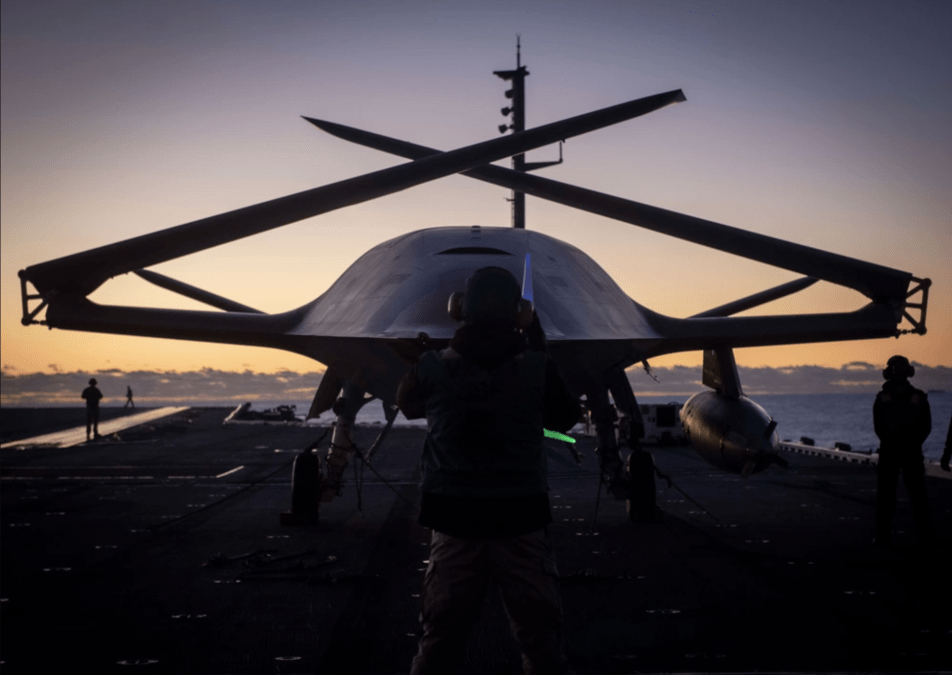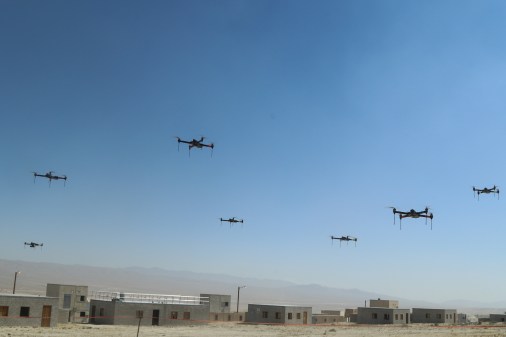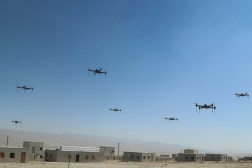Billions for new uncrewed systems and drone-killing tech included in Pentagon’s 2026 budget plan

The Pentagon’s budget request for fiscal 2026 prioritizes major near-term investments in a wide variety of uncrewed systems and counter-drone capabilities, senior defense and military officials told reporters.
Detailed budget materials are being released on a rolling basis this week, but the officials provided insights into the nearly $1 trillion spending plan in an off-camera press briefing Thursday morning.
“This budget is the first year that we are calling out — specifically — our autonomy line in its own section. So, it will be $13.4 billion for autonomy and autonomous systems,” a senior defense official told DefenseScoop.
“For counter [unmanned aerial systems], the total request is $3.1 billion across the services,” they also confirmed.
The new requests for additional drone and counter-drone funding come as the U.S. military confronts serious challenges integrating and defending against the rapidly evolving weapons, which often cost much less to produce than the multimilllion-dollar missiles that have been deployed to take them down.
The senior defense official supplied a high-level breakdown on the robotics and autonomy-enabling budget lines.
“For unmanned and remotely-operated aerial vehicles, it’s $9.4 billion; autonomous ground vehicles, $210 million; on the water autonomous systems, $1.7 billion; underwater capabilities, $734 million; and enabling capabilities — that’s the autonomy software, the things that underlie all these systems, working and operating together as a central brain — it’s $1.2 billion to work across all those platforms on autonomy,” they said.
A senior Navy official at the briefing also pointed to what they consider to be a “big increase” associated with autonomy investments for the sea service.
“[It’s] $5.3 billion across all systems. And that’s $2.2 billion above FY 2025. That includes procuring three MQ-25s, which we’ll have our first flight in 2026 — and then additional unmanned air [assets], new efforts in unmanned undersea and in unmanned surface, to include procuring our medium unmanned surface vessel. So, we have a lot of efforts across all domains,” the senior Navy official told DefenseScoop.
Two aircraft carrier strike groups operating in the U.S. Central Command area of responsibility are “engaged in combat every day” against enemy-launched drones, they noted.
“We have the [USS Gerald R. Ford] that is just now deploying. Ford will deploy with some additional counter-UAS capabilities, and then we’ll continue to look and learn and develop those kits that we sent before, and [applying] part of what we’re learning,” the senior Navy official said.
Representatives from the other military services did not share information about their departments’ autonomy toplines during the briefing.






